
critical zone biogeochemist, reader, cyclist, animal lover, environmentalist
and also somehow obsessed with F1
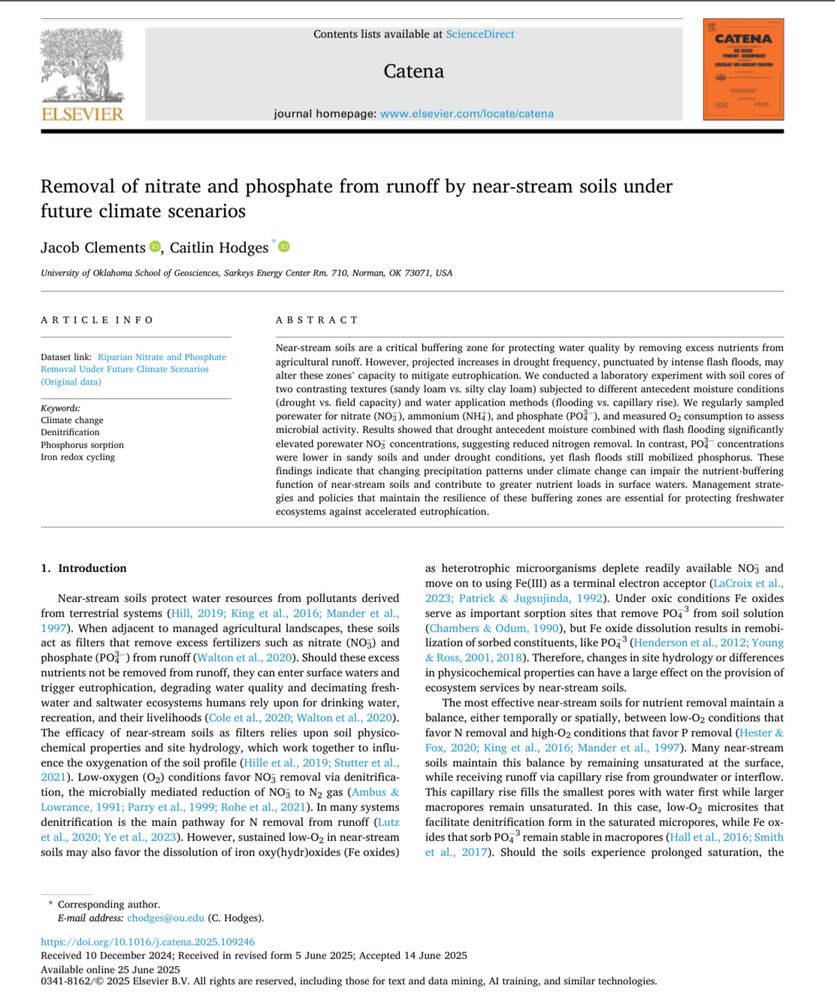
urldefense.com/v3/__https:/...
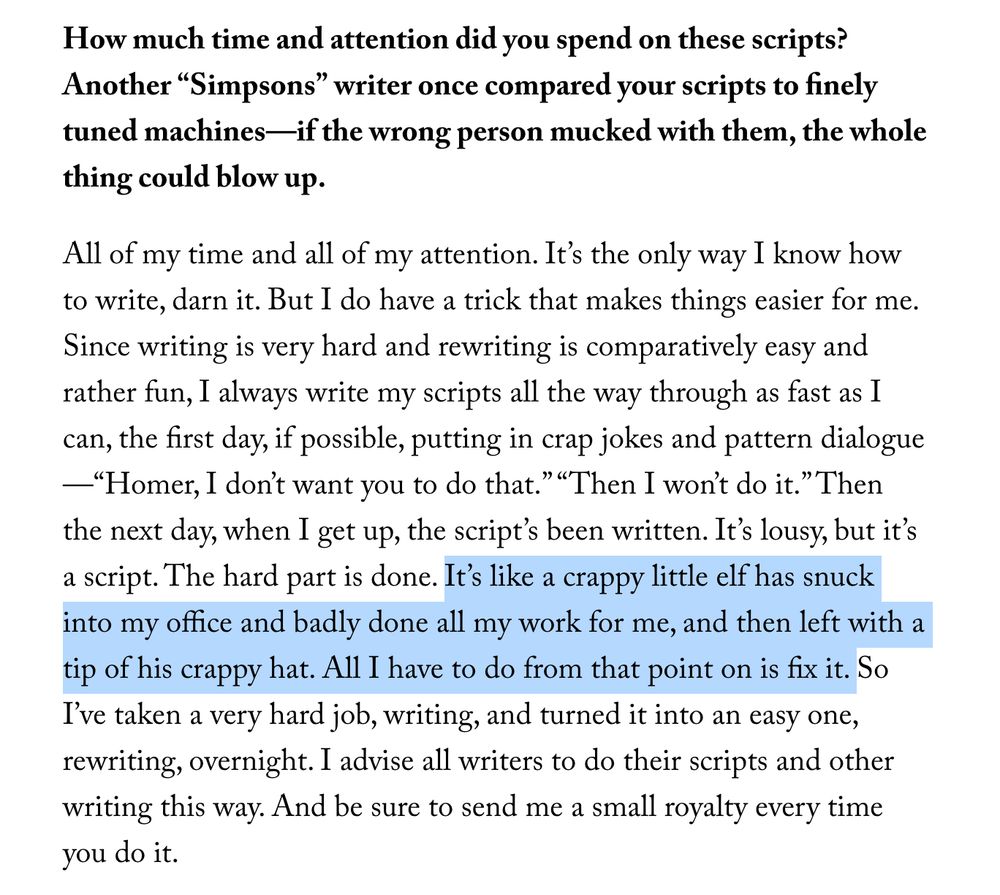
New #AGUPubs research from @nyutandon.bsky.social, @carnegiescience.bsky.social

New #AGUPubs research from @nyutandon.bsky.social, @carnegiescience.bsky.social

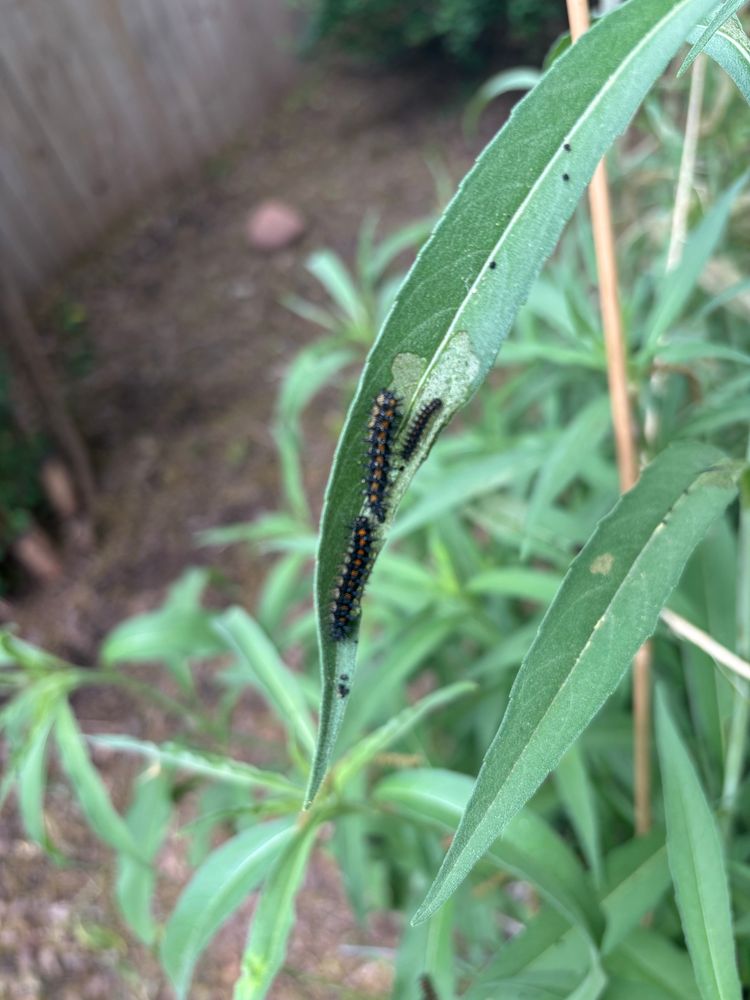
urldefense.com/v3/__https:/...

urldefense.com/v3/__https:/...
I’m perpetually shocked that there are still land managers in OK that allow fallow land to sit uncovered and unvegetated for a growing season.



I’m perpetually shocked that there are still land managers in OK that allow fallow land to sit uncovered and unvegetated for a growing season.




onlinelibrary.wiley.com/share/author...

onlinelibrary.wiley.com/share/author...
www.nature.com/articles/s41...
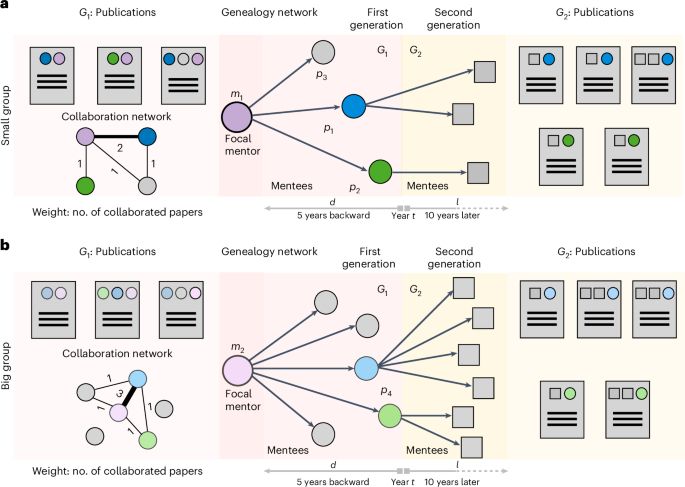
www.nature.com/articles/s41...


lnkd.in/dV2wuGSe
lnkd.in/diZiM9HV
lnkd.in/dV2wuGSe
lnkd.in/diZiM9HV
Is equivalent to asking
“Why do I need farms? I can go to the supermarket.”
www.noaa.gov/about-our-ag...
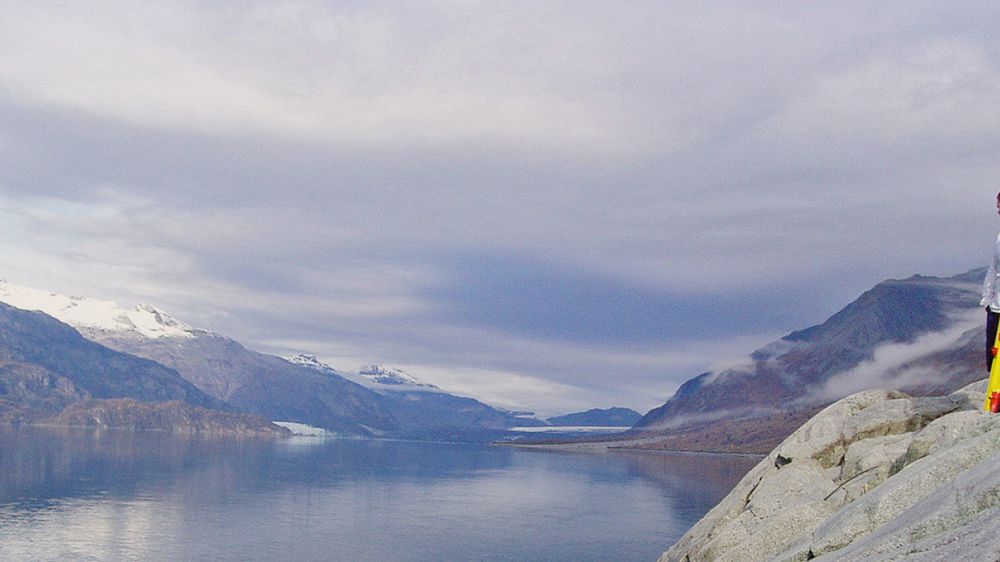
Is equivalent to asking
“Why do I need farms? I can go to the supermarket.”
www.noaa.gov/about-our-ag...
slate.com/technology/2...

slate.com/technology/2...
Coded with the {bskyr} and {ggplot2} R packages.
[Posted via R script and weekly cron job. Tx for your patience if something went awry]





@Stanford @unil @SLAClab @EPFLEngineering

@Stanford @unil @SLAClab @EPFLEngineering
Condolences to Dr. Moore's family and his weather colleagues at OU.

Condolences to Dr. Moore's family and his weather colleagues at OU.


USDA/HHS argued at the time that sustainability was “out of scope” of dietary guidelines.

USDA/HHS argued at the time that sustainability was “out of scope” of dietary guidelines.





